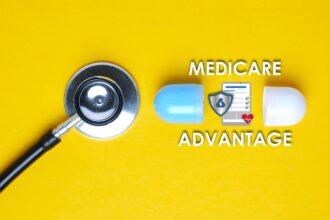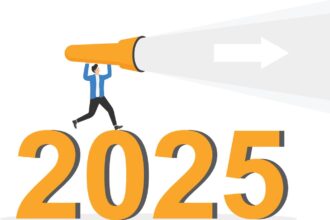OBSERVATIONS FROM THE FINTECH SNARK TANK
April is Financial Literacy Month in the US, but it doesn’t matter what month it falls under because most efforts to improve “financial literacy” do little to improve the financial health of Americans.
Financial Education Isn’t The Answer
Conventional wisdom holds that Americans’ level of financial literacy is low and that therefore we need more financial education. There are problems with that “wisdom.”
Problem #1: Financial education isn’t effective.
Martha Menard of Embr Labs found that, “One-size-fits-all financial education has little to no effect on changing real-world financial behaviors. A meta-analysis of more than 200 studies found that educational interventions explained only 0.1% of the financial behaviors studied.”
Problem #2: Financial illiteracy might be better than literacy.
In a study titled The Pleasant Yield of Financial Illiteracy, University of Colorado professor Yosef Bonaparte found:
“Financial illiterates are aware of their lack of financial knowledge, and thus bear less financial risk, allocate less money to risky assets, and are constructively less overconfident. Collectively, financial illiterate households adopt a portfolio choice strategy that is fully rational.”
In other words, households that are financially illiterate exhibit smarter financial behaviors and make smarter financial decisions than so-called financially literate households.
Bad Advice About Financial Education
The author of Start Early to Raise Money-Savvy Kids cites academic studies that claim “children as young as three are able to grasp basic financial concepts like value, exchange, and choice,” and “basic financial habits are pretty much set by age seven.”
What are we supposed to do with that information? According to the author:
“The first step is to talk about money with your children. When kids are young, stress the virtues of waiting and delayed gratification, and as children get older drive home the idea that spending less than you have is the linchpin of a healthy financial life.”
This advice would be more compelling if the author offered evidence to prove that “stressing the virtues of delayed gratification” and “driving home the idea of spending less than you have” actually produced positive results when kids became adults.
Especially in light of a study that found that high school students who took a financial education course a few years earlier didn’t have better financial behaviors and were no more savings-oriented than students who had not taken the course.
I would contend that parents that demonstrate delayed gratification and that spend less than they have have a more positive effect on their children’s subsequent financial behavior than those that just “stress the virtues” and “drive home the idea.”
How Much Do We Spend On Financial Education?
The CFPB complained recently that financial institutions spend $17 billion on marketing but just $671 million—about $2 per American—on financial education.
This was a spurious—not to mention ridiculous—argument because who’s to say that financial institution marketing isn’t educational? If a bank’s marketing efforts inform consumers about their choices and how to choose products and providers, couldn’t that be considered “financial education”?
The CFPB should have complained about government programs like the one that spent $500 million—roughly $24 per child between the ages of 0 and 5—to help kids sit still in kindergarten.
Fixing The Flaws With Financial Education
Much of today’s financial education falls short because it’s not:
- Contextual (it isn’t provided when decisions are made).
- Behavioral (it’s oriented towards increasing literacy).
- Measurable (it doesn’t focus on financial outcomes).
As Lauren Willis of the Loyola Law School argued in her study Against Financial Literacy Education, “the search for effective financial literacy education should be replaced by a search for policies more conducive to good financial outcomes.”
Americans need more than just new policies. They need:
1) Technology-based tools. Mobile apps that help consumers automatically save, manage subscriptions, and build their credit score through timely bill payments—to name just a few tools—can improve consumers’ financial health and performance. Finlocker, for example, helps aspiring homeowners monitor and improve their credit health, and establish and track savings goals, It’s education by doing, not just telling.
2) Holistic health management. Providing financial education without taking into account mental and physical health should be considered financial malpractice. A study from the Money and Mental Health Policy Institute found that, among people with debt, nearly half have a mental health diagnosis, and are three times more likely than other people to contemplate suicide due to that debt.
3) Financial therapy. Financial therapy sits at the intersection of financial and mental health, helping people think, feel, and behave differently about money to improve their overall well-being. In 2022, Key Bank’s Laurel Road hired a licensed mental health counselor as a financial therapist to offer customers guidance and resources to deal with the impact of financial management on mental health.
Financial Literacy is the Wrong Metric
Metrics that capture ratios like debt-to-spending, debt-to-saving, or saving as a percentage of spending are all better measures of not just literacy, but of financial health and performance, and indicators of the impact of financial education efforts.
Those financial education efforts may tell Americans how to establish healthy financial habits, but they’re failing to change behaviors.
Even the financially illiterate know that.
Read the full article here










